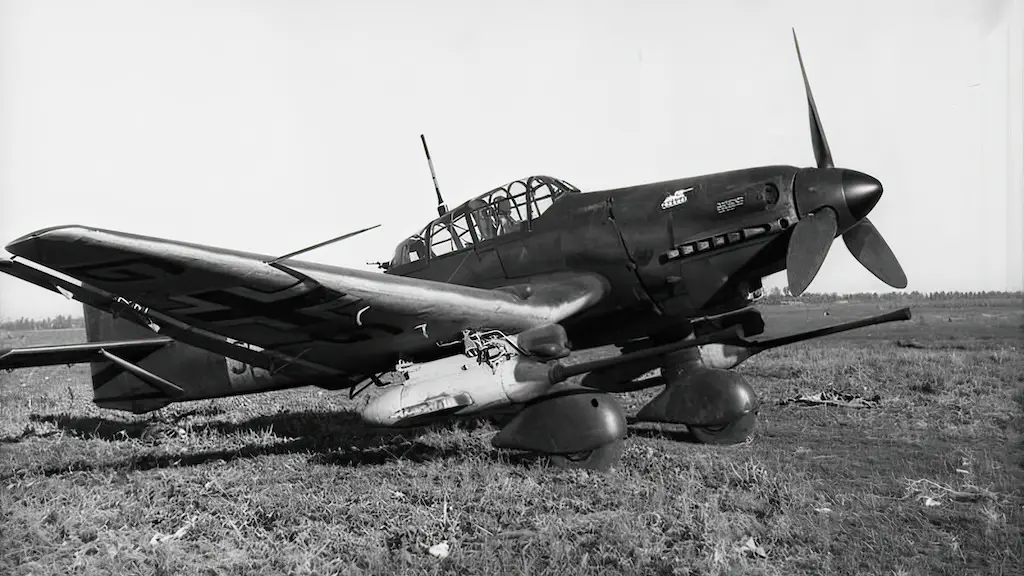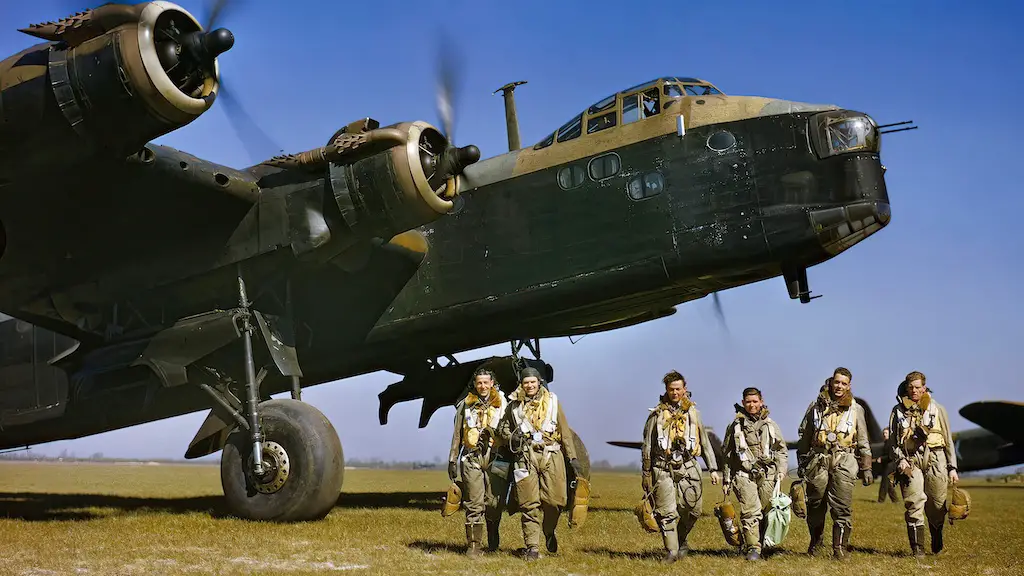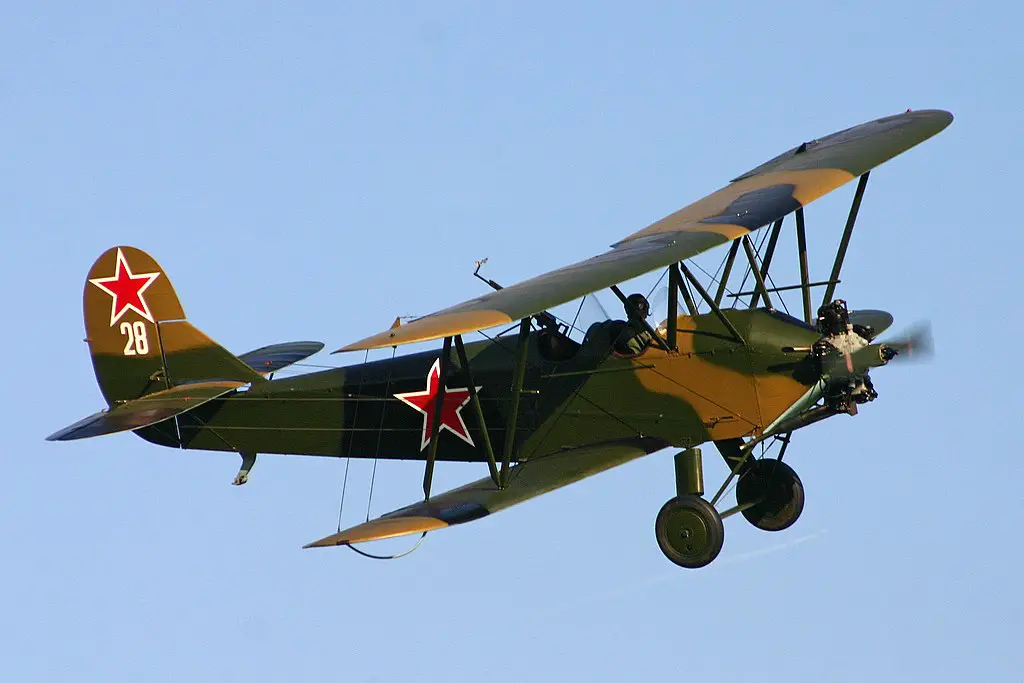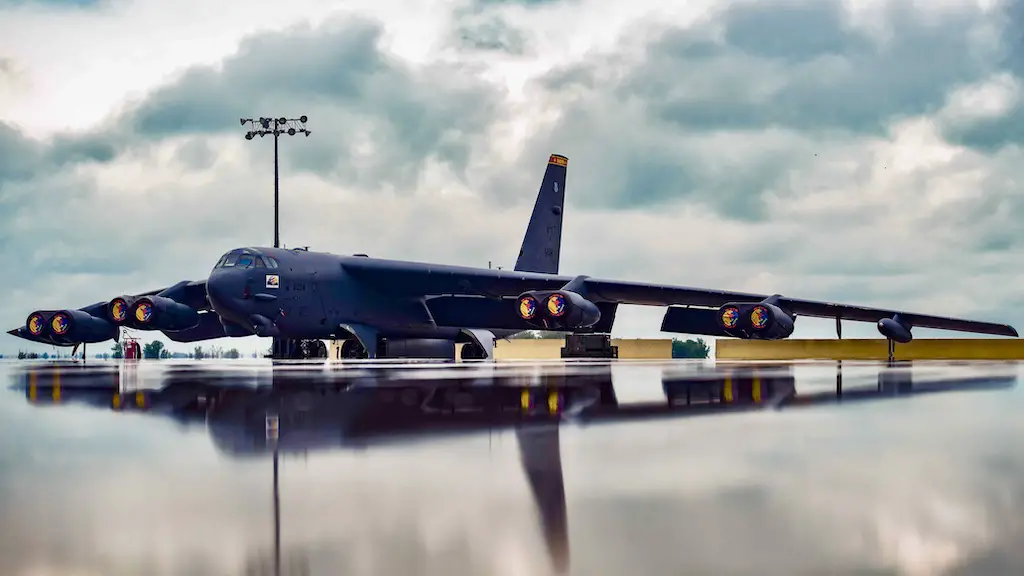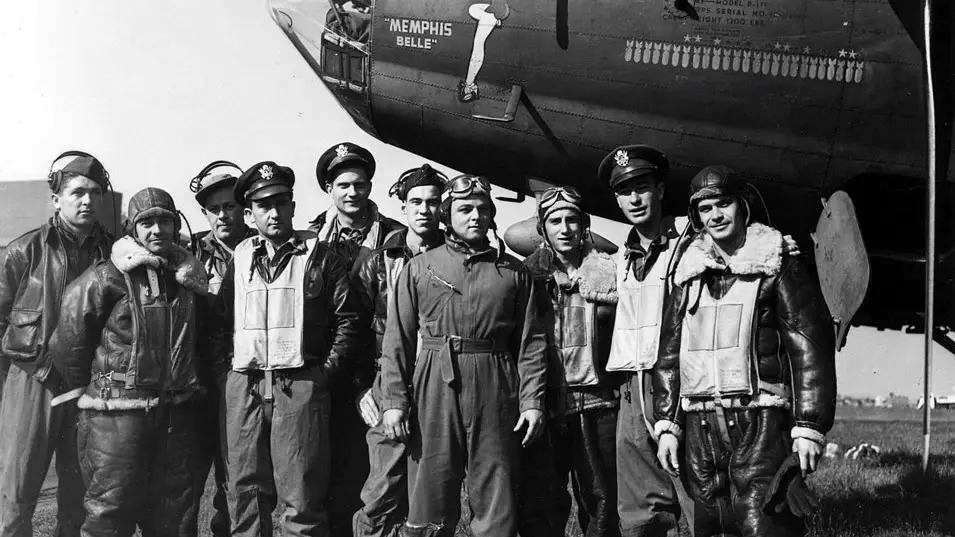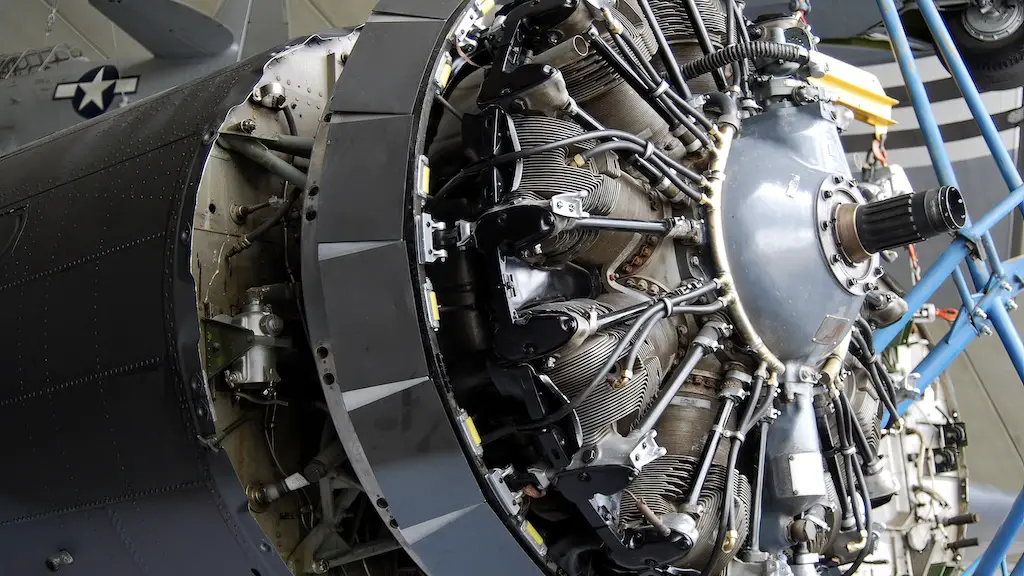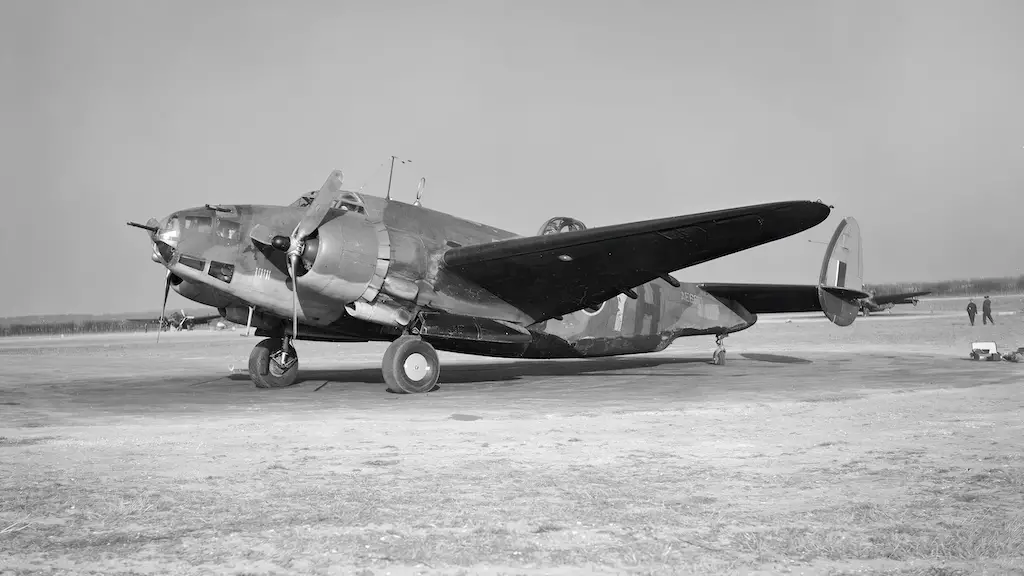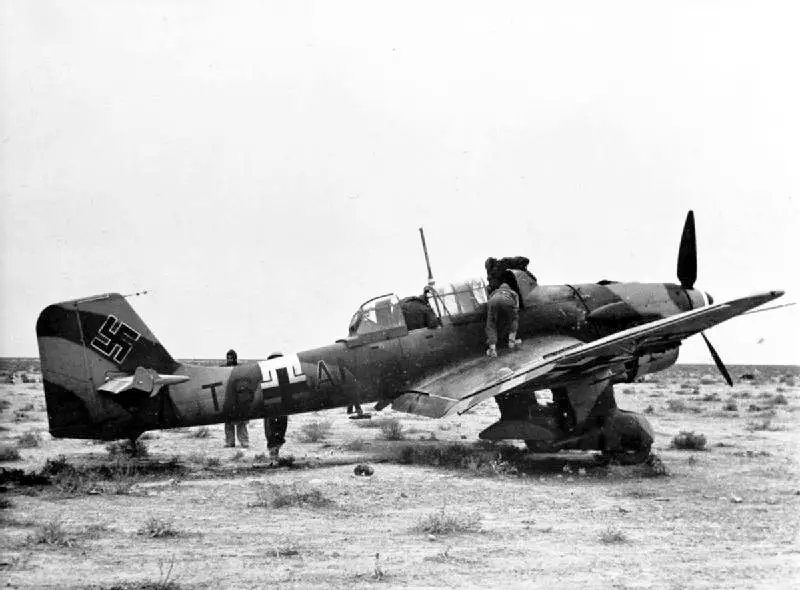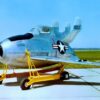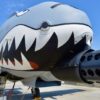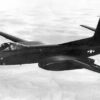A Legendary Start
Hans-Ulrich Rudel, began his illustrious career in 1939, embarking on reconnaissance missions over Poland. His trajectory changed dramatically when he transitioned to flying the Stuka in 1941, a move that would mark the beginning of his legendary status. Rudel’s time in the Stuka commenced with moderate success, but a pivotal moment soon came. In an audacious dive-bombing attack on the Soviet battleship Marat, Rudel demonstrated his exceptional skill. While his flight leader missed the target, Rudel, daringly flying lower than any other pilot, struck the battleship, leading to its eventual sinking. This attack, which resulted in significant Soviet losses, was a defining moment that elevated Rudel’s reputation.
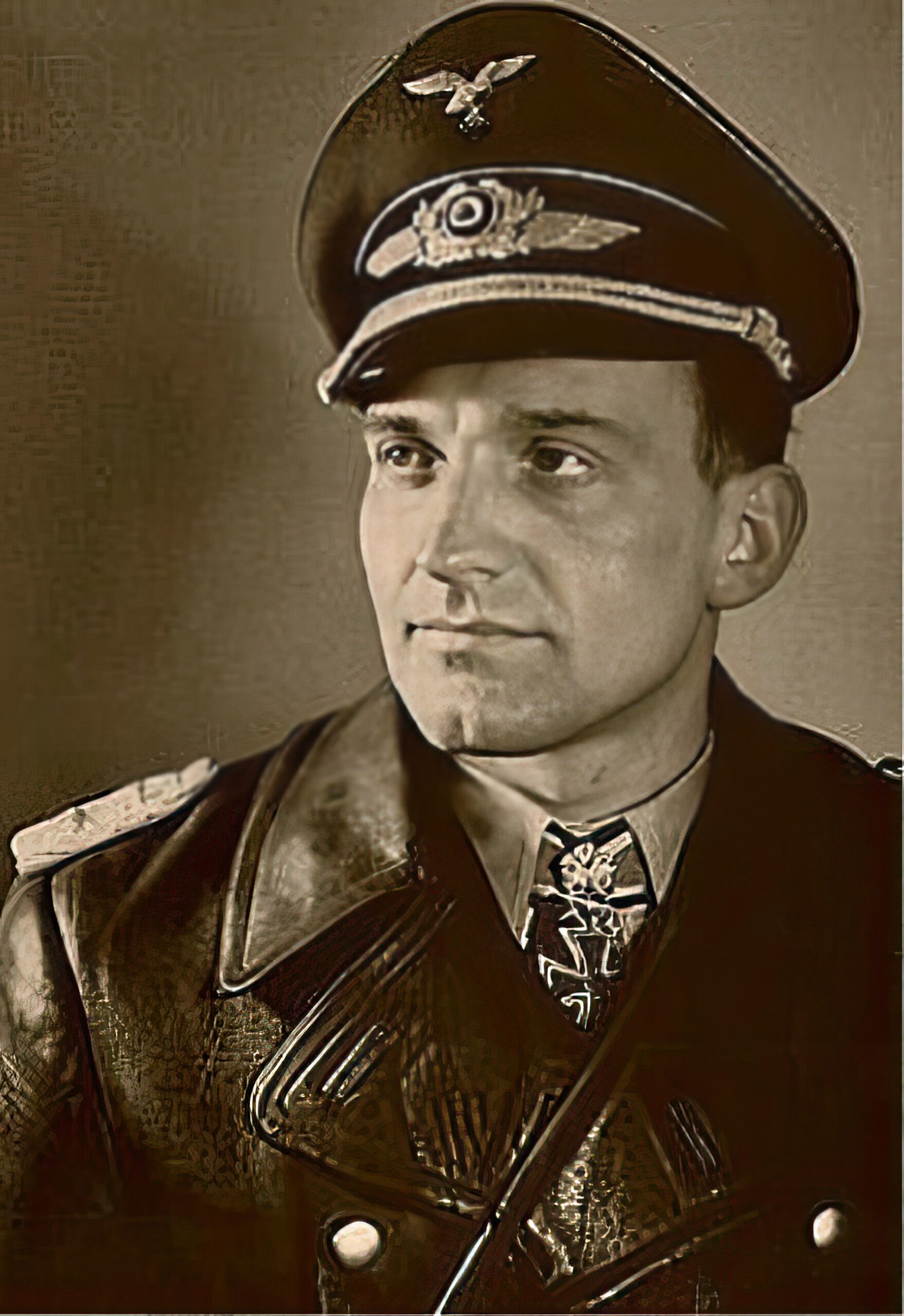
Rise to Fame
The following months saw Rudel undertake over 500 missions, averaging an astonishing two sorties per day. By 1943, he had completed his 1,000th combat mission, a feat that cemented his status as a national hero. Initially, his role primarily involved attacking stationary targets, but this was soon to change. The Stuka, under Rudel’s guidance, was about to evolve into a formidable tank-busting machine. It was in 1943 when Rudel began testing the Ju-87 Stuka in an anti-tank capacity, marking a significant shift in its tactical use.
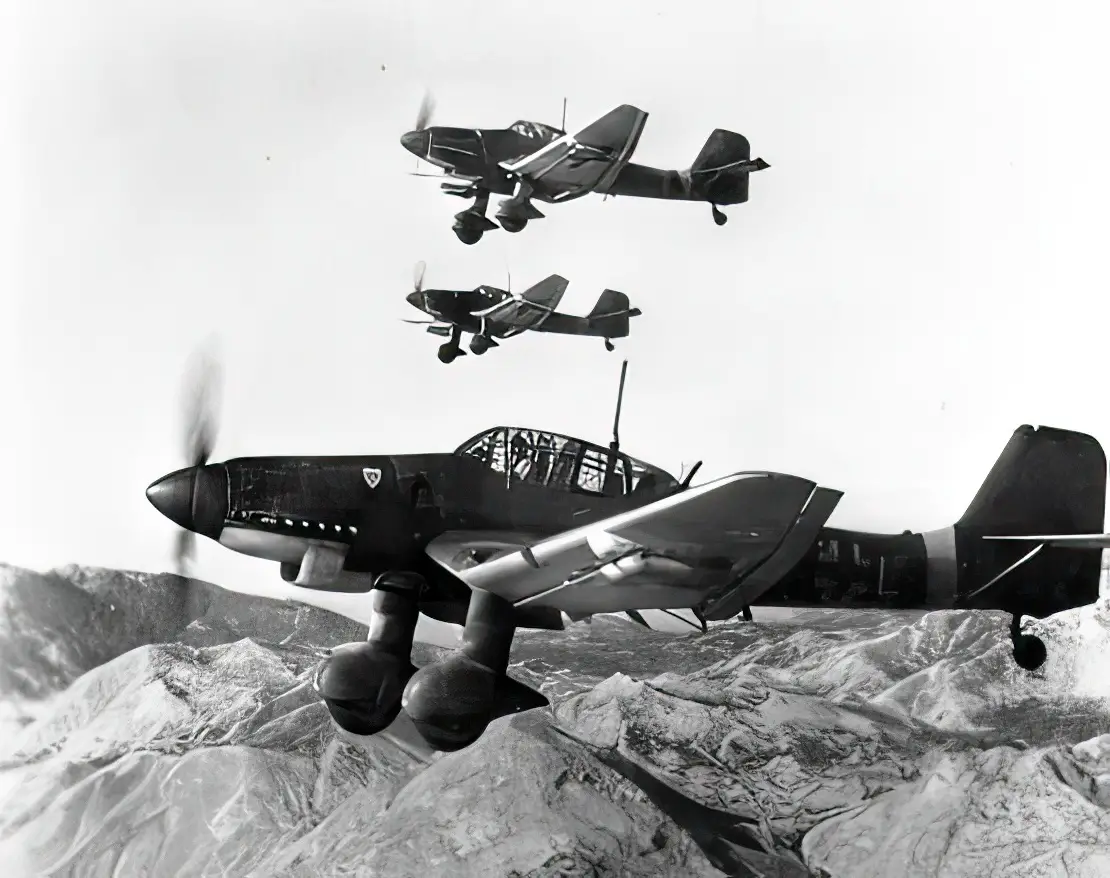
The Birth of the Tank Buster
Rudel’s innovation transformed the Stuka into the ‘Canon Bird’ or ‘Tank Cracker.’ Equipped with heavy cannon pods, the aircraft became a slow, yet deadly, anti-tank weapon. Rudel’s mastery of this new role was unmatched. He rapidly accumulated tank kills, achieving feats such as destroying 12 Soviet tanks in a single day. By October, Rudel had obliterated 100 tanks, earning the Knight’s Cross of the Iron Cross. His partnership with gunner Erin Hinchell, spanning over 1,400 sorties, was a testament to their skill and synergy.
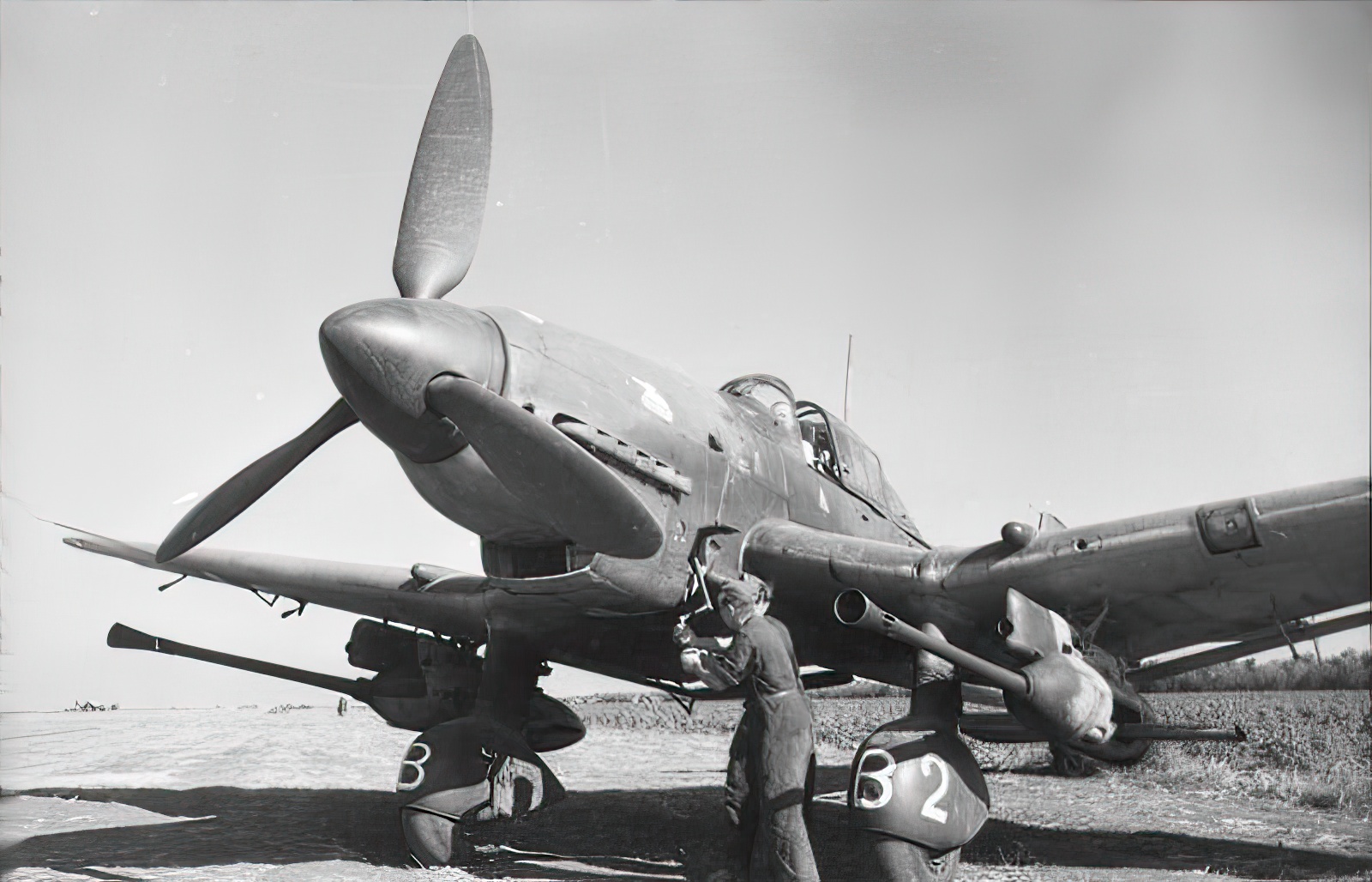
Trials and Triumphs
March 20, 1944, marked a tragic day for Rudel. After a forced landing behind enemy lines, he and Hinchell attempted a perilous escape. Sadly, Hinchell drowned during their escape, a heavy loss for Rudel. Despite this tragedy, Rudel returned to combat with a new gunner, continuing his relentless assault on Soviet forces. By December 1944, Rudel’s mission count had soared to 2,400, with over 460 tanks. His contributions were recognized, and he was awarded the highest German military honor.
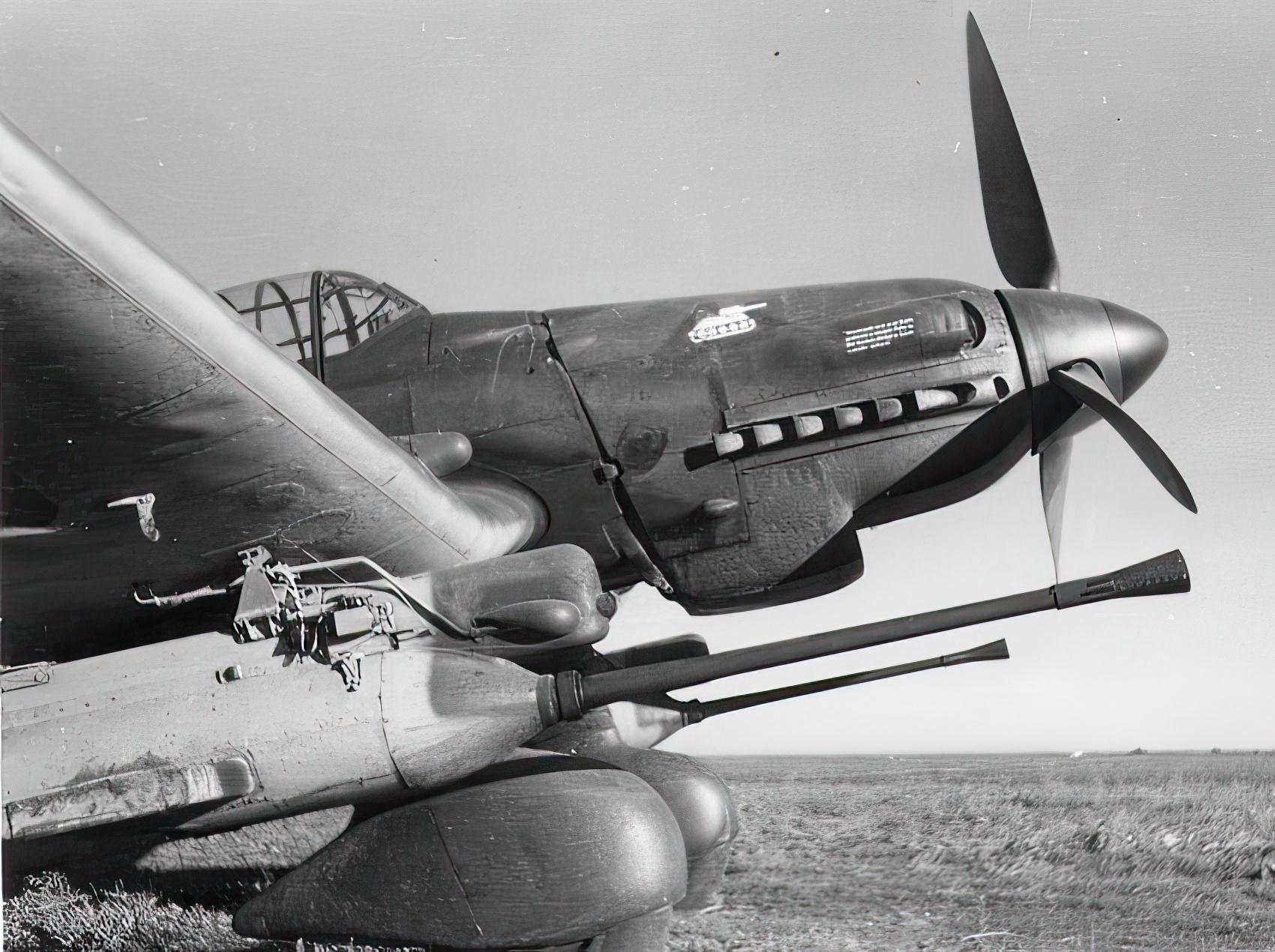
The Final Chapter
In the war’s waning days, Rudel suffered a severe injury, leading to the amputation of his right leg below the knee. Yet, undeterred, he was back in the air within a month, adding 26 more tank kills to his record. As the war concluded, Rudel, determined not to surrender to Soviet forces, flew to American-controlled territory. His decision to crash land his Stuka to prevent its use by the Allies underscored his unwavering commitment. Rudel’s post-war life was marked by controversy due to his Third Reich affiliations, a shadow over his military prowess. He passed away in 1982, leaving behind a complex legacy.

